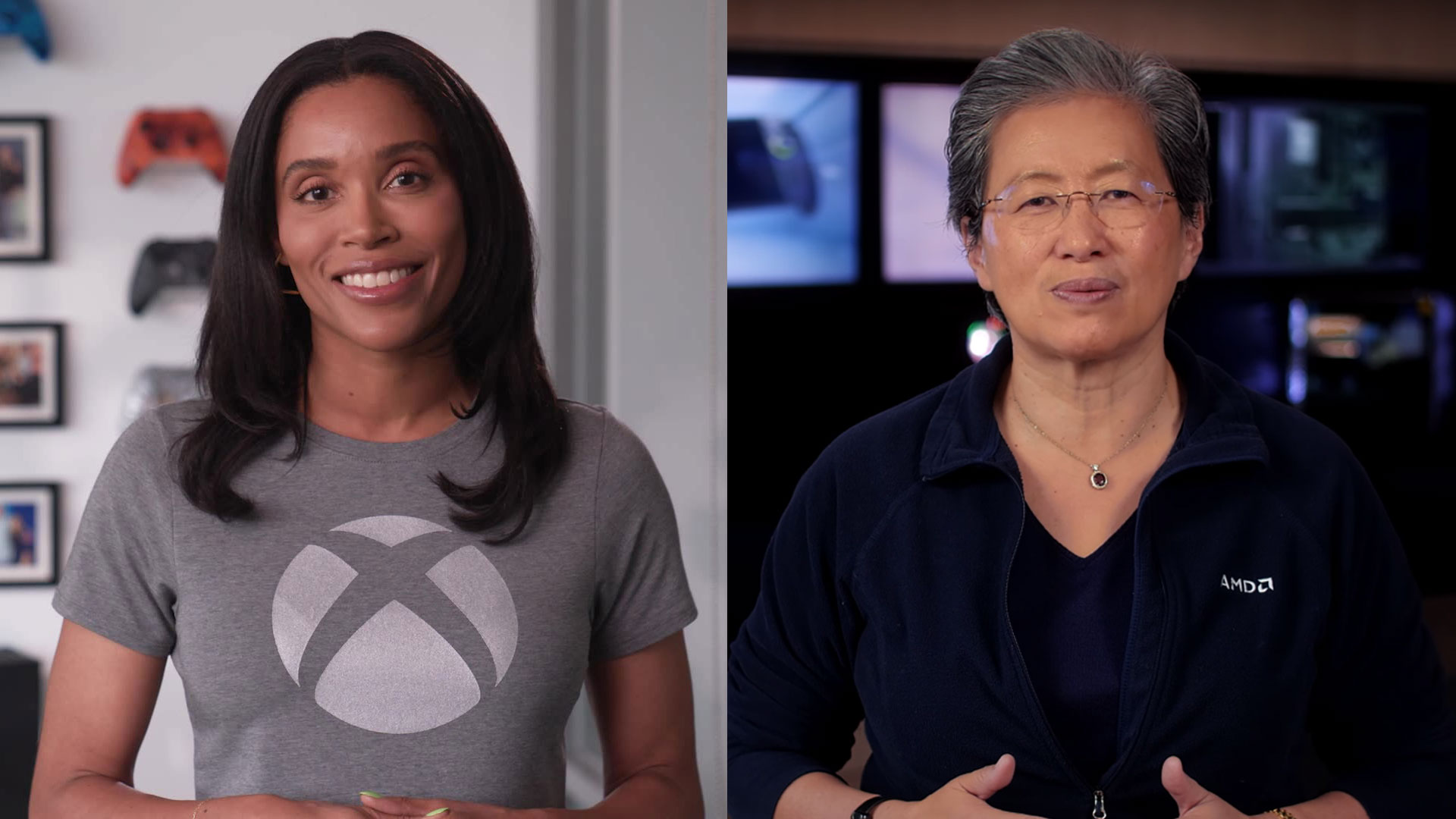Shamis Tate Explains the 7 Most Common Types of Headaches
Dr. Shamis Tate is a well-known neurologist who specializes in nerve problems and damage. She uses new treatments and a holistic approach to help people feel better and improve their lives. Dr. Tate is known for being caring and taking time to understand each patient's needs. She works hard to give her patients hope and support as they deal with difficult nerve conditions.

Headaches are one of the most common health problems people face. But not all headaches are the same. They can vary in intensity, duration, and cause. Understanding the type of headache you're experiencing can help in finding the right solution.
Dr. Shamis Tate, a well-respected neurologist who specializes in neuropathy and nerve damage, shares her expert insight into the 7 most common types of headaches that people often experience.
1. Tension Headaches
Tension headaches are the most frequent and affect people of all ages. The pain feels like a tight band pressing around your forehead or the back of your head. It’s usually steady and mild to moderate—not throbbing.
These headaches often show up after long hours of work, emotional stress, or sitting in one position too long. Taking short breaks, stretching, and managing stress can help relieve the discomfort.
2. Migraine Headaches
Migraines are more intense and can last for hours or even days. They usually affect one side of the head and may come with nausea, vomiting, and extreme sensitivity to light and sound.
Certain foods, hormonal changes, bright lights, or lack of sleep may set off a migraine. Dr. Shamis Tate advises keeping track of your triggers with a simple headache diary to better manage the symptoms.
3. Cluster Headaches
Cluster headaches are extremely painful and occur in groups or “clusters” over a period of weeks or months. The pain is sharp, burning, or piercing and usually felt around or behind one eye.
Other signs may include a red, teary eye, drooping eyelid, or a stuffy nose—usually on the same side as the headache. These often strike at the same time each day, sometimes waking people up from sleep. Dr. Tate notes that early diagnosis can help manage the condition better.
4. Sinus Headaches
These occur when the sinuses (air-filled spaces in the face) become inflamed. Pain is often felt in the cheeks, forehead, and around the eyes. The pressure can get worse when you bend forward or lie down.
Sinus infections or allergies are often linked to this kind of headache. If these headaches happen frequently, it might be a sign of ongoing sinus issues that need treatment.
5. Caffeine-Withdrawal Headaches
If you regularly drink coffee or tea and suddenly stop, you might notice a dull, aching headache. This happens because your body gets used to caffeine and reacts when it's no longer available.
Shamis Tate explains that reducing caffeine slowly over time is a better approach than stopping all at once. Staying hydrated and getting enough rest can also help reduce symptoms.
6. Hormonal Headaches
These are more common in women and often occur due to changes in hormone levels. They can happen during menstruation, pregnancy, or menopause.
Some women experience migraines related to their monthly cycle. Birth control pills can also play a role. Tracking symptoms through a calendar can help you and your doctor find patterns and plan treatment.
7. Rebound Headaches
Using headache medicine too often can actually make the problem worse. This type of headache tends to come back once the effect of the medicine wears off, creating a cycle of repeated pain.
Dr. Tate warns against relying on painkillers too frequently. If you find yourself needing medication more than two or three times a week, it's a good idea to consult a neurologist.
When Should You See a Specialist?
If your headaches are happening more often, lasting longer, or interfering with your daily life, don’t ignore the signs. Shamis Tate recommends seeing a neurologist if:
-
The pain is severe or sudden
-
Headaches occur more than twice a week
-
Over-the-counter medications don’t help
Final Thoughts
Understanding what type of headache you're dealing with is the first step toward feeling better. Whether it’s a simple tension headache or a complex migraine, knowing the difference makes a big difference.
Thanks to the expertise of professionals like Dr. Shamis Tate, getting the right diagnosis and care is easier than ever. If headaches are disrupting your life, it may be time to get help and take control of your health.
What's Your Reaction?
 Like
0
Like
0
 Dislike
0
Dislike
0
 Love
0
Love
0
 Funny
0
Funny
0
 Angry
0
Angry
0
 Sad
0
Sad
0
 Wow
0
Wow
0






































